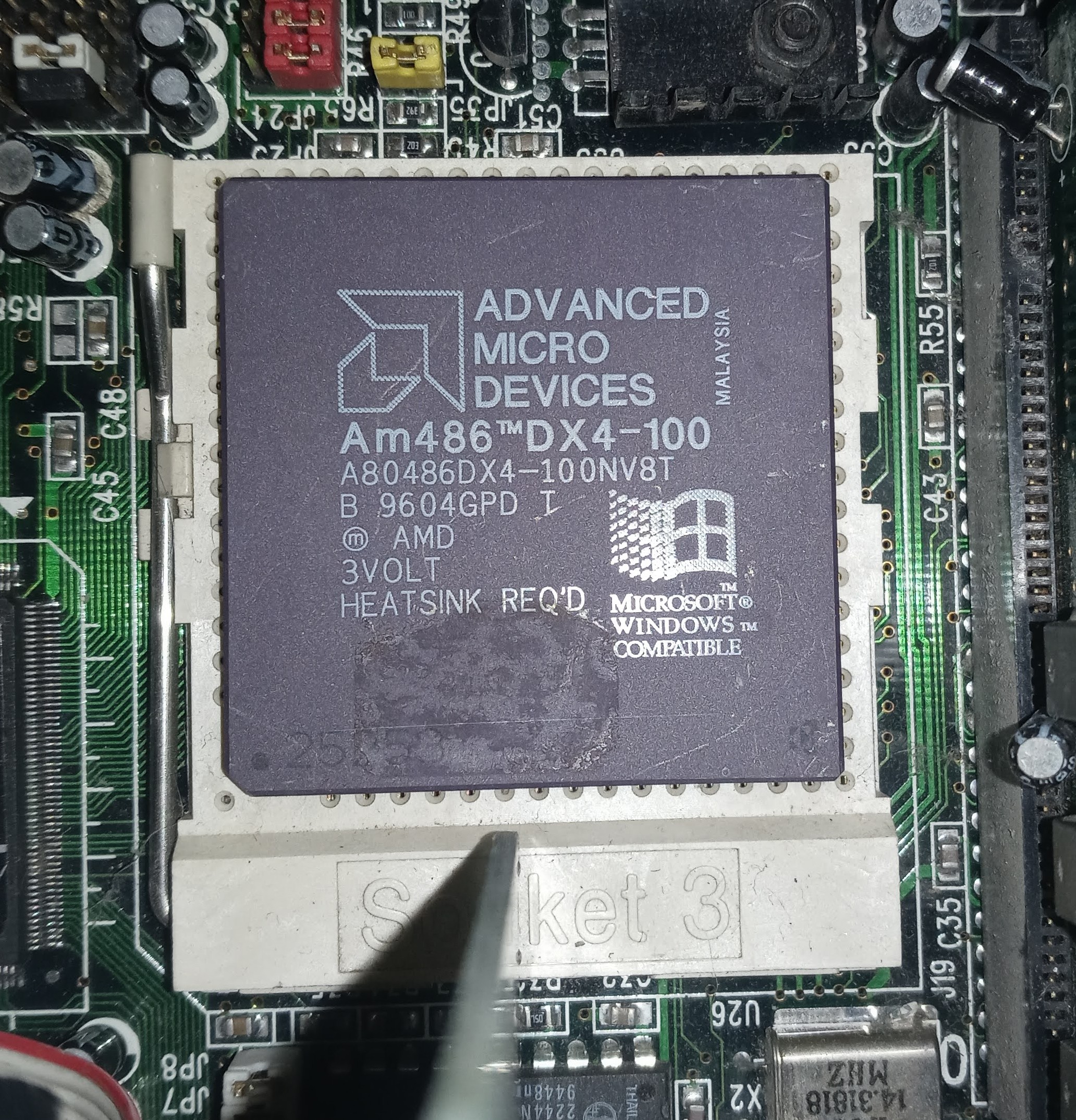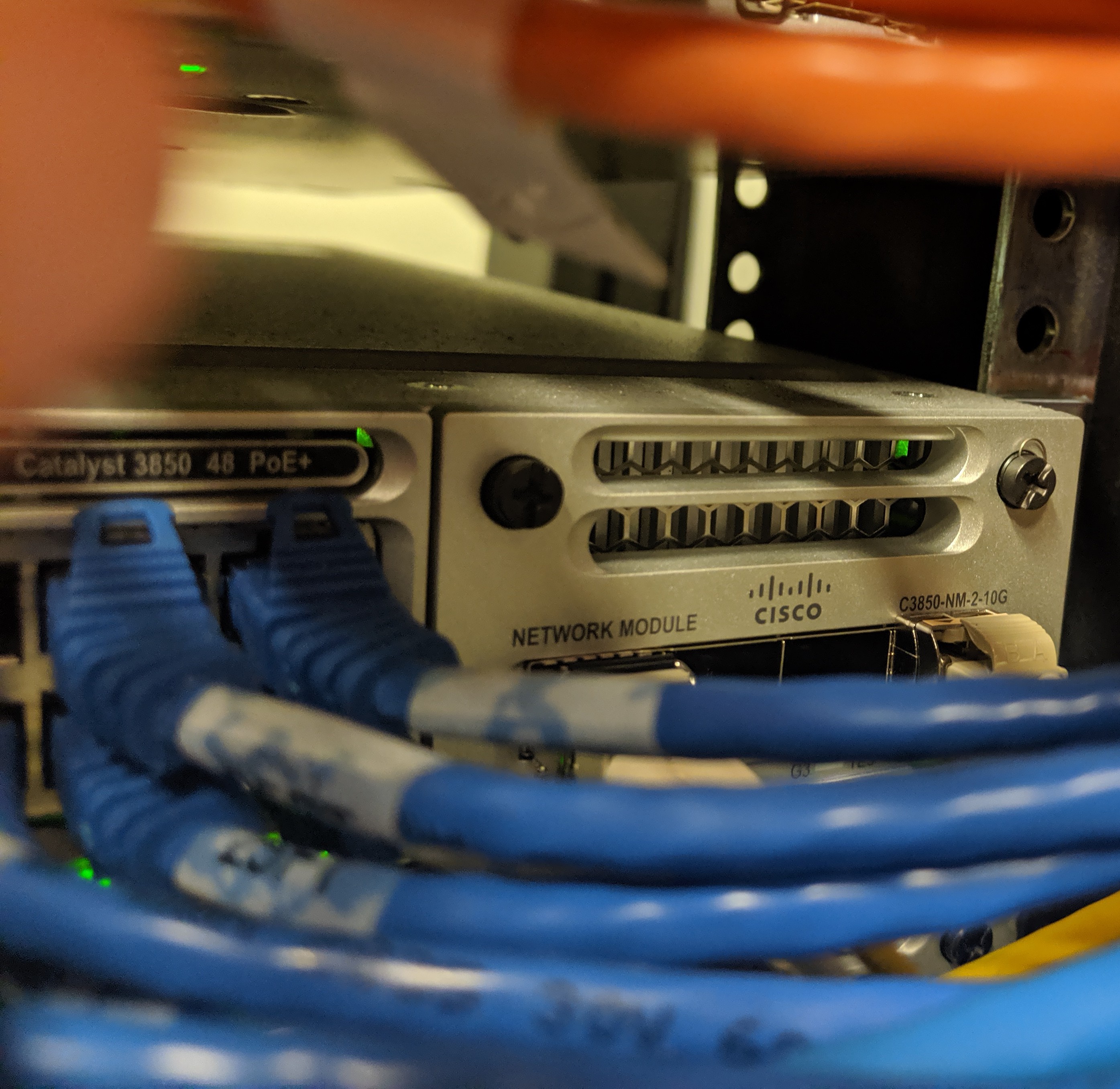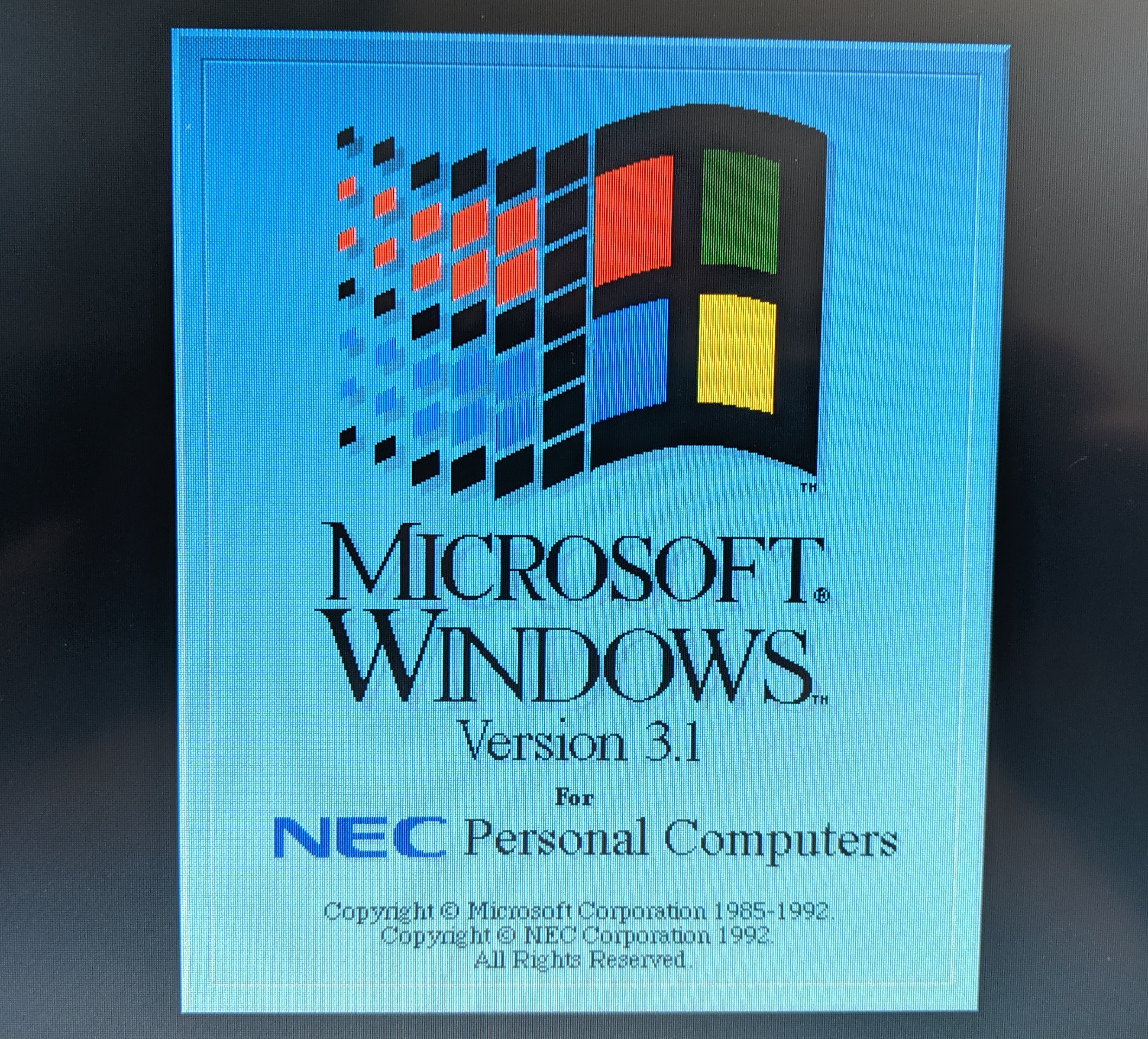This is where you'll find documents, tutorials, knowledgebases, and other stuff I've written regarding vintage computers on this site. All of the material concerns IBM Compatible MS-DOS/Windows machines, usually 80486 and older. Most of this is stuff that has come from decades of experience with tech old and new, as new developments for old computers continually come all the time.
As of October 2022, I have organized things further into subfolders because the "docs" folder here has become such a huge mess of pictures, documents, and other stuff. Each section now has a main page to pick from.
| SECTION LINK/NAME
| DESCRIPTION
|
DOS

| Basically what it says, this section deals with DOS, the disk operating system ripped off of Digital Research's CP/M in the late 70's to beta test a SCP computer by TIm Patterson, only for Billy Boy to sneak in, nail Gary Kildall to the Cross, and buy this up from Tim for $15K and sell/license it as PC-DOS to IBM and MS-DOS to everyone else. Meanwhile, Kildall and his company made their own version - DR-DOS, and later, when Microsoft decided to sweep DOS under the rug for a few years, a man named Jim Hall came up with a new OpenSource DOS Compatible clone O/S known as FreeDOS, which is still in production and updated to this day. Currently, I think DOS is the way to go on 8088-80486 era computers as it has the widest compatibility, and also, as I've become more and more cranky about corporate operating system b.s., I prefer to support open-source ALternatives and FreeDOS allows for that.
|
GENERAL STUFF

| A General section for newbies to vintage PC's and the various what, how, where, when of them. I'm aware a lot of the people taking this up now are of a much younger age and did not grow up in the age of IBM Compatible pre-Pentium PC's like I did. There's a lot that's different, just as much that's much the same as a modern PC, and a whole lot of interesting details and idiosyncracies that seem normal to someone seasoned like me, but seem weird to other people who have been at this a much shorter time. This section can be (but is not limited to): thoughts about vintage computing in the range I'm interested in, guides on stuff, thoughts on the future, new products, and some really, really basic introduction stuff like how to find old PC's in the wild without a mocodum of experience with vintage hardware.
|
HARDWARE

| My various writings on hardware. That's what I came to be known for for a time, as a hardware tinkerer pushing these things to do things that their designers probably never intended them to do. This includes a mix of things like, installing ginormous hard disks into ancient PCs, hardware and firmware settings, various wiring stuff. Just whatever I happen to mess with and feel is worth writing about. I'm not reinventing the wheel here, but I am going to talk about cases, form factors, power supplies, CPUs, RAM, motherboards, expansion cards, sound cards, video standards, and all sorts of other stuff. This is really my bread and butter when it comes to vintage computers. It also includes some specific makes/models of computer in there so that we can explore the weirder/rare/more esoteric stuff that I'm into such as the NEC Versa Laptops, NanTan, or even some delving into the Tandy 1000 line.
|
NETWORKING

| This section goes into the unique caveats of networking vintage IBM Compatibles on the modern network and internet. While many armchair infosec dweebs spend their time screaming "securiteez" into their FUD powered megaphones, I'm here to tell you a vintage machine can be secure - but to a point - on the modern web and otherwise, modern networks. I'm also going to go over interfacing with modern technologies, and even some legacy technologies to interface with on modern hardware. We migth start exploring newer products more and more.
|
MICROSOFT WINDOWS

| Here's where I keep all the Microsoft Windows articles. Though in recent years, through FreeDOS, projects like HX GUI/RT, and Links the web browser, DOS is generally a better choice of platform for retro-computing, I'm still providing up my knowledge and experience with Microsoft Windows 3.1x and 9x (mostly) here so that
that information is not lost, as I do still use 9x and 3.1x occasionally to this day, but honestly, for uses beyond gaming or nostalgic web surfing via FrogFind, I find Windows considerably less useful today. Mostly this is here for nostalgia, and when I feel like writing about it. I'm not a "evangelist" or "endorsee" of WIndows, I just use it sometimes.
|
|

